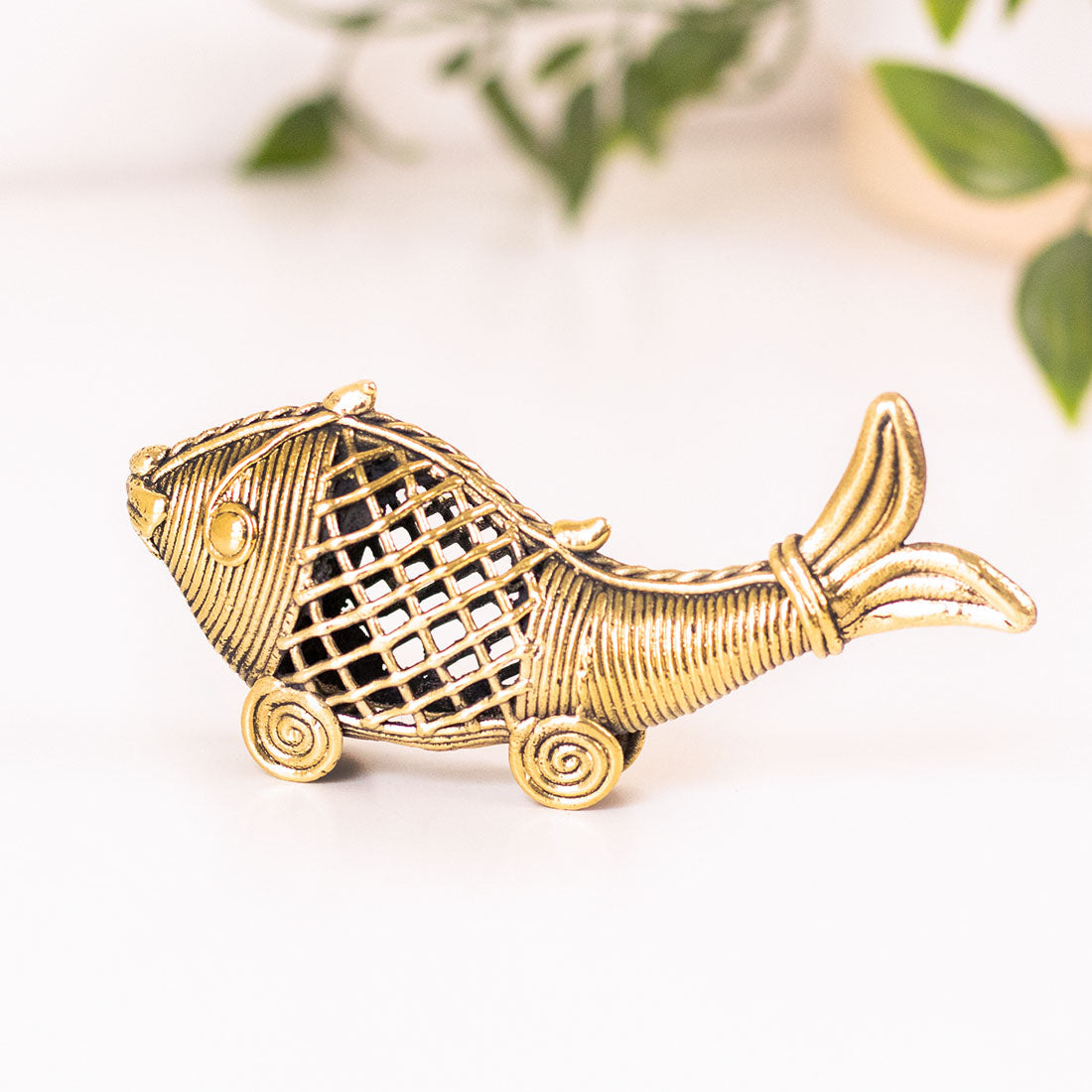In many countries where Christianity is an official religion, Easter is usually a public holiday, so that people can enjoy the celebrations of the resurrection of Jesus or simply spend some time with their families.
The origin of the English word Easter and the German Ostern is uncertain. One view is that it comes from the Anglo-Saxon goddess of spring and fertility Eostre and that early Christians have taken over the pagan celebrations similarly as they did with Christmas. Another view suggests Latin origins connected to in albis that became eostarum in Old High German from which both modern English and German derive.
Without dwelling too much on the complicated calculations deciding when Easter happens every year, let’s enjoy the fun traditions that come with it. The biggest and most fun is the colouring of the eggs. Some cultures prefer to use only one colour per egg, red being the favourite within the Orthodox church. Others have a method of emptying the eggshell, applying a colour, and then using needles to scratch intricate patterns on the surface. Children are usually encouraged to use painting brushes in their creations.
Even though Sweden is a Christian country, the Easter celebrations have been predominantly secular for quite some time now. Most Swedes visit their cottages in the country to spend time with the family cooking and eating plenty of sweets. The children often dress up as Easter witches and colour their cheeks red. And everywhere you look you can see birch twigs decorated with colourful feathers.



